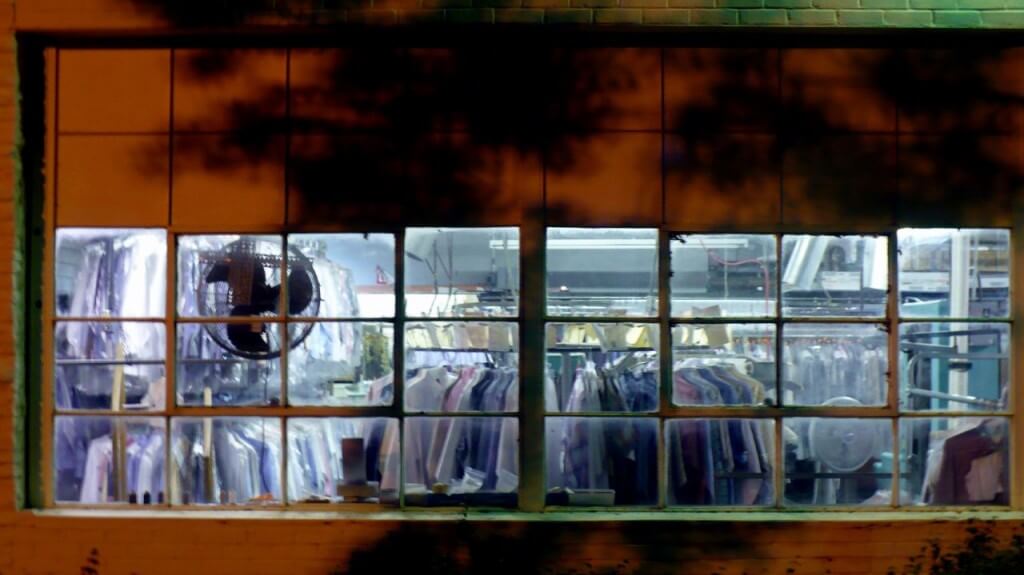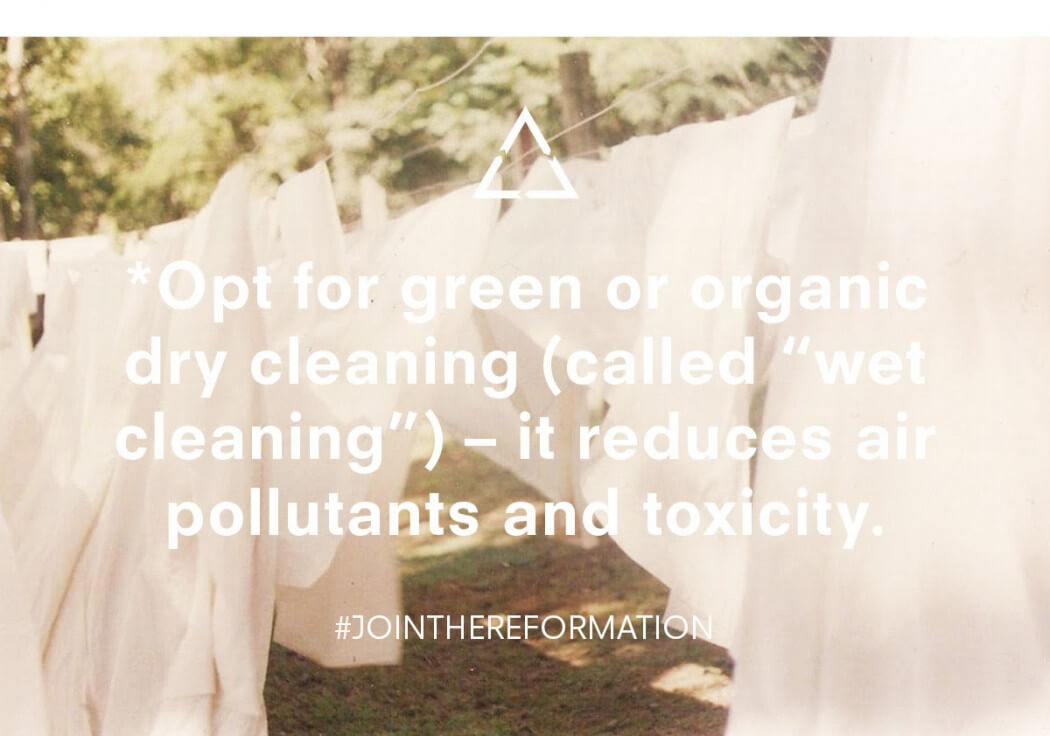What is it about dry-cleaning that requires us to look for organic?
It doesn’t take a lot of digging to find out the major ingredient used in dry cleaning since the 1940s — percs — is toxic. And 85 percent of the nation’s estimated 36,000 dry-cleaners use it.
Perc (or perchloroethylene to be formal) is a known carcinogen and neuro-disruptor, and thankfully, the compound is strictly regulated. The U.S. Department of Labor knows percs be a health-hazard, and implements necessary precautions for workers. The Environmental Protection Agency (EPA) has undergone several studies on perc’s carcinogenic effects on rodents, and regulates its usage through laws like the Clean Air Act, the Clean Water Act, and the Resource Conservation and Recovery Act. The EPA has even begun the phase out of percs: By 2020 any dry cleaners operating in residential buildings will be require by law to x-out the chemical from their business. California plans to ban its use completely in all dry cleaning stores by 2023.

image via cheryl
As the use of percs phase out, organic dry cleaners are popping up like summer sunflowers. But does organic dry cleaning even work, and what could possible make dry-cleaning organic?
Firstly, in order for a dry-cleaners to call themselves organic, there mustnt be any percs used in the process, and all organic dry-cleaners use one of three e major organic dry cleaning techniques:
1. GreenEarth Cleaning
Using a silicone-based nontoxic chemical solvent GreenEarth is a commercially widespread method for organic dry cleaners. The byproduct of the process is silica, water, and trace amounts of carbon dioxide. All studies — both independent and large — conclude the GreenEarth Cleaning process is harmless to handlers and the environment.
2. Hydrocarbon
The oldest and cheapest perc-alternative, hydrocarbon uses a compound very similar to perc in chemical composition. Manufactured mainly by ExxonMobil, the solvent is less hazardous to workers and the environment than perc, but the disagreeable odor it leaves on clothing is a major deterrent for most customers.
3. CO2 Cleaning
Kind of like a Sodastream for your clothes, CO2 cleaning uses liquid CO2 to dry-clean clothes. It’s the newest and most expensive organic dry-cleaning technology on the market. Where as the first two options don’t require new machinery, the CO2 Cleaning needs special equipment to convert carbon dioxide from gas to liquid. After the CO2 liquid has been used, it is converted back into gas and released. This process is the most environmentally friendly — due to the least environmental inputs and is the best way to keep your clothing chemical-free.



The Reformation.
Have you ever used an organic dry-cleaner? Did you notice a difference?
Our favorite method? We prefer to handwash clothes at home, and lug them over to the dry-cleaners to be freshly pressed.

